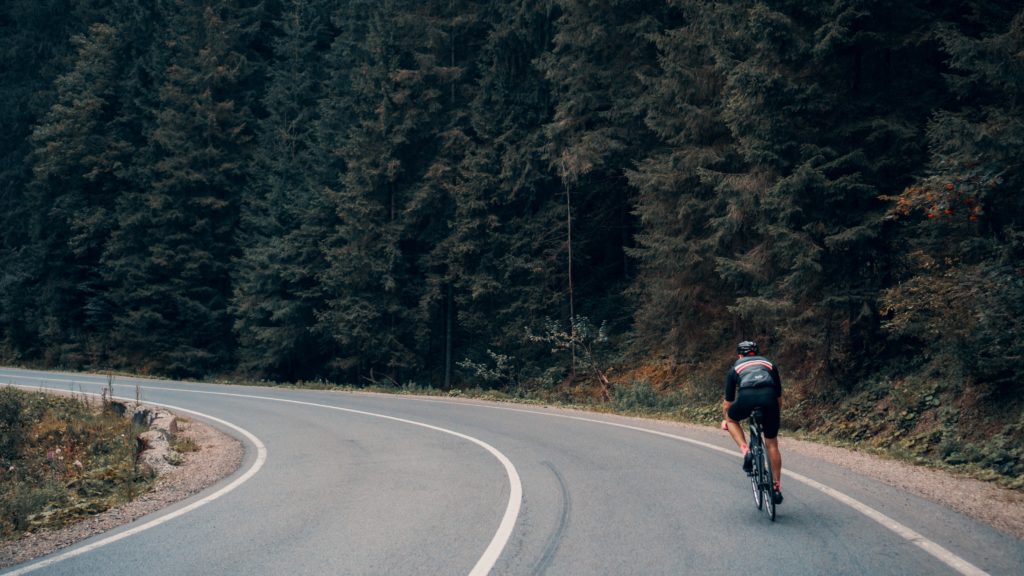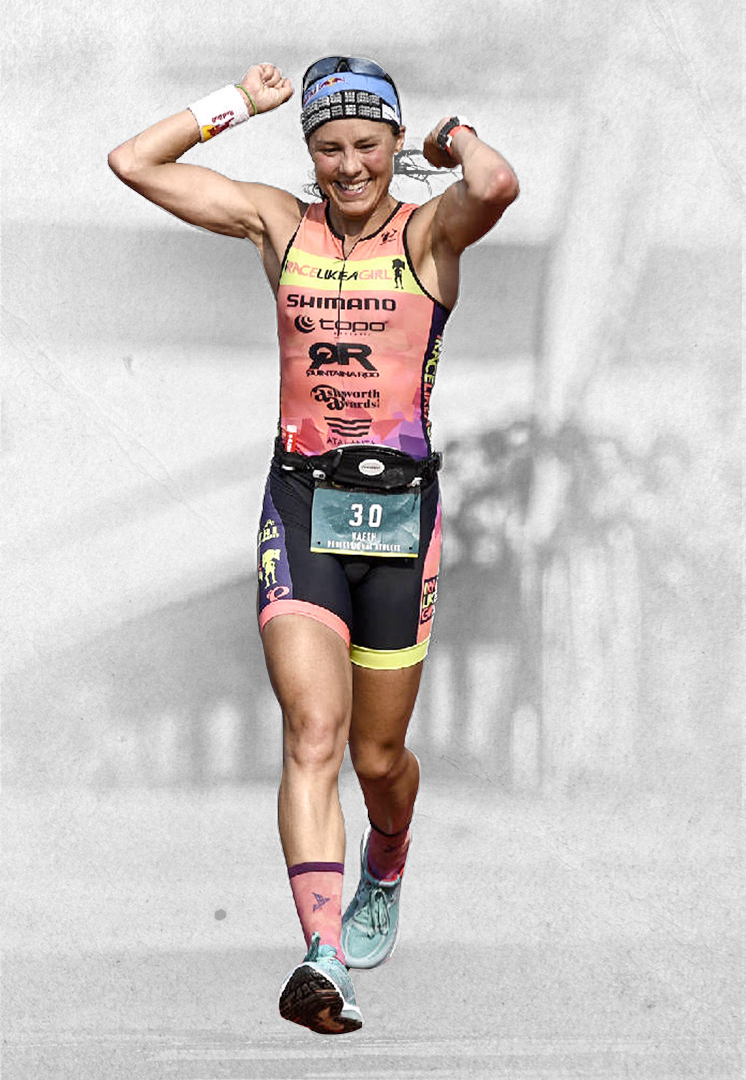Sponsored by
Cycling Tips For Uphill and Downhill Riding

We will discuss cycling tips for uphill and downhill riding but keep in mind that riding a bike up and downhill doesn’t need to be complicated. Simply put, the effort required to ride uphill will increase as the gradient, or slope, of the hill increases. Riding downhill requires minimal effort and good bike handling skills can help you descend safely, and quickly.
Cycling Tips For Uphills and Downhill Riding
Riding Uphill:
- Find a Good Line – Whenever possible, you want to try and decrease the gradient of the uphill. You can do this by going wide on the corners and avoiding the steepest areas.
- Gearing – Depending on your fitness, and obvious setup on the bike, gearing for riding uphill can help you get up and over any hill. It’s recommended to start at a higher cadence in the early part of the climb. Forcing power by not changing gears will take a lot more effort. The key is to maintain or stay as close to similar power throughout the climb, depending on steepness.
- Cadence – With gearing comes cadence. As the gradient increases, generally, your cadence will fall. It is not efficient to try and maintain a high cadence on really steep climbs. Try to reduce over-gearing where your cadence falls to 30-50rpm (unless it’s all you have to get up and over, in your easiest gear). Ideally, you want to keep a similar cadence if possible by changing gearing as you progress up the hill.
- Sit or Stand – Seated climbing can save some energy output and allow you to find your rhythm and maintain a consistent cadence over a long period of time. You may find a very steep section where standing is necessary and can help you get over those really steep areas.
Overall you want to avoid anaerobic efforts (red-lining) too early in a climb and try to maintain even power. This is the best way to climb a hill. A secret of climbing: maintain your momentum where possible.
Riding Downhill:
While riding, most importantly when descending is to be safe. Don’t take risks if you’re not comfortable at certain speeds, terrain or don’t know the road you’re riding. Learning how to descend faster, especially in a triathlon can help find extra speed and time.
- Breaking – When approaching a corner on a descent, you want to break before you get to it. It’s much slower and unsafe to break close to the corner, and you will lose your momentum as you come out of it.
- Look Ahead – The better you are at knowing what is ahead, the better position you can be in to descend it. Look ahead on the road, and control your speed before you get to sketchy areas, big descents or turns. Focus on where you want to go.
- Pedal Where Needed – When needed, keep pedaling on certain areas and keep some pressure on the pedals. If not, you’ll be spinning aimlessly and wasting energy. Keeping some effort on descents allows you to stay warm, if needed. Otherwise, using a steep descent for rest is always a good thing!
- Body and Leg Position – When descending, positioning your body to be low helps reduce frontal drag/wind resistance. Lower your body by ducking, getting into the drops and pushing your body back behind the seat a bit (semi-standing on the bike). When you turn corners, keep your outside leg DOWN. If you corner with the inside leg down you run the risk of tilting far enough to scrape that pedal on the ground and causing a crash for yourself and others. When coasting, keeping your feet at 3 and 9 o’clock (horizontal to the ground) helps you maintain stability and absorb shock from uneven terrain.
As with anything, practice is key! Find some local hills to descend and climb, working on the above skills. Over time, you won’t need to really think of what to do, and just have a feel and understanding on how to best ride any gradient.
Happy Riding!

Angela Naeth’s experience includes being a 3x Ironman Champion, 36+ podium places at the 70.3 distance and 8th at the Ironman World Championships in 2018. Her educational background includes a Master’s degree in Physical Therapy and Bachelor’s in Health Sciences. Angela continues to pursue her career as a professional triathlete, is the founder of an all women’s endurance team and coach’s others to achieve their athletic pursuits. Her passion is to inspire and support Women In Sport.









